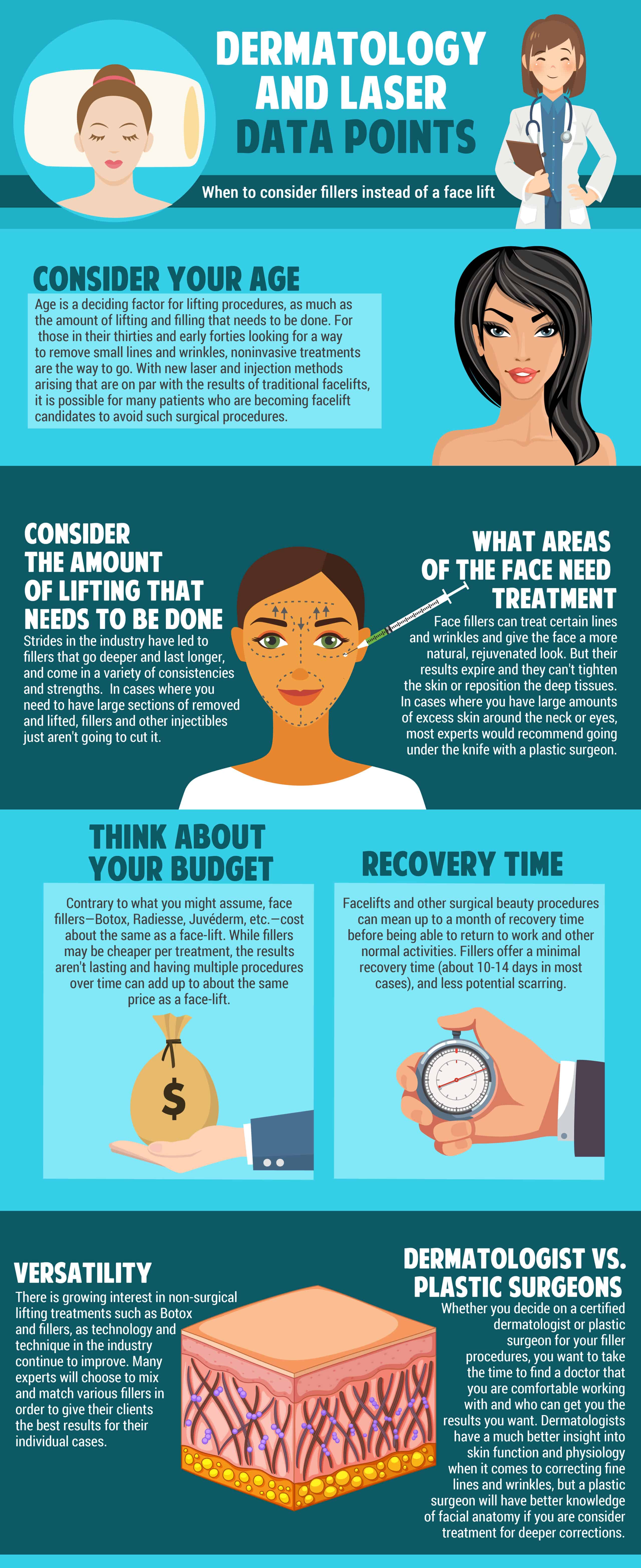What Are The Differences And Similarities Between SMILE Eye Surgical Procedure And LASIK And PRK?
What Are The Differences And Similarities Between SMILE Eye Surgical Procedure And LASIK And PRK?
Blog Article
Written By-McElroy Waller
If you have actually been thinking about SMILE eye surgical treatment, you might wonder exactly how it stacks up against LASIK and PRK. Each procedure has its own collection of advantages and considerations. From quicker healing times to possible risks, there are key distinctions you must be aware of before choosing. Understanding these distinctions will certainly aid you make an educated choice that straightens with your particular requirements and assumptions. Curious to know more regarding how these treatments compare thoroughly? Keep checking out to obtain Laser Correction of SMILE, LASIK, and PRK.
SMILE Eye Surgery Introduction
If you're considering SMILE eye surgery, you'll discover it to be a minimally invasive treatment with a fast healing time. Throughout SMILE (Little Cut Lenticule Removal), a laser is made use of to produce a small, exact laceration in the cornea to get rid of a little piece of cells, reshaping it to correct your vision. This varies from LASIK, where a flap is produced, and PRK, where the external layer of the cornea is entirely eliminated.
Among the essential benefits of SMILE is its minimally invasive nature, leading to a faster recovery procedure and less pain post-surgery. The recovery time for SMILE is reasonably quick, with numerous clients experiencing enhanced vision within a day or two. This makes it a prominent option for those seeking a convenient and effective vision improvement procedure. Furthermore, SMILE has been revealed to have a lower risk of completely dry eye disorder compared to LASIK, making it a positive option for people worried regarding this potential adverse effects.
Differences In Between SMILE, LASIK, and PRK
When comparing SMILE, LASIK, and PRK eye surgeries, it's important to understand the distinct strategies made use of in each treatment for vision improvement.
SMILE (Little Cut Lenticule Extraction) is a minimally invasive treatment that involves creating a small cut to draw out a lenticule from the cornea, reshaping it to deal with vision.
LASIK (Laser-Assisted Sitting Keratomileusis) includes creating a slim flap on the cornea, utilizing a laser to improve the underlying tissue, and then repositioning the flap.
PRK (Photorefractive Keratectomy) removes the outer layer of the cornea prior to improving the tissue with a laser.
The major distinction lies in the way the cornea is accessed and dealt with. SMILE is flapless, making it an excellent choice for people with slim corneas or those associated with get in touch with sports. LASIK uses fast aesthetic healing as a result of the flap development, yet it might pose a greater risk of flap-related problems. PRK, although having a longer healing period, stays clear of flap-related issues completely.
Comprehending these differences is essential in selecting one of the most ideal treatment for your vision adjustment requirements.
Advantages And Disadvantages Contrast
To review the benefits and drawbacks of SMILE, LASIK, and PRK eye surgeries, it's essential to consider the specific advantages and possible constraints of each treatment. SMILE surgical procedure uses the advantage of a minimally intrusive treatment, with a smaller incision and potentially quicker recuperation time contrasted to LASIK and PRK. It also lowers the threat of completely dry eye post-surgery, a common negative effects of LASIK. Nevertheless, SMILE may have constraints in dealing with higher degrees of myopia or astigmatism compared to LASIK.
LASIK surgery offers rapid aesthetic recuperation and marginal discomfort throughout the treatment. It's extremely effective in dealing with a wide variety of refractive errors, consisting of myopia, hyperopia, and astigmatism. Yet, LASIK brings a risk of flap problems, which can impact the corneal structure.
PRK eye surgery, while not as preferred as LASIK, avoids creating a corneal flap, lowering the threat of flap-related problems. https://www.benzinga.com/money/best-vision-insurance-oregon/ for individuals with slim corneas or uneven corneal surfaces. Nonetheless, PRK has a much longer healing time and may involve more pain during the healing process.
Conclusion
So, when it pertains to picking in between SMILE, LASIK, and PRK, consider it like selecting the perfect set of shoes. SMILE is like a sleek, comfortable set of sneakers - quick and easy.
LASIK is more like fashionable high heels - showy and fast, yet with some prospective risks.
PRK resembles strong hiking boots - reputable and durable, however calling for a bit more time and effort.
Eventually, the most effective option relies on your specific needs and preferences.
